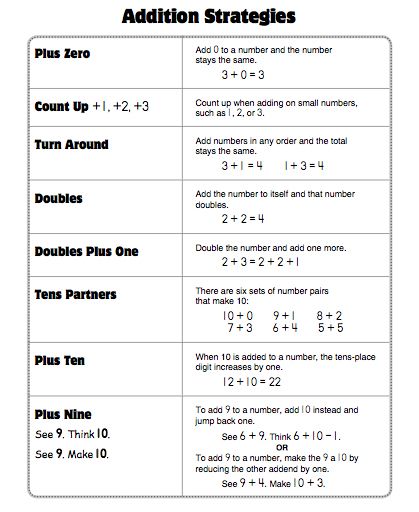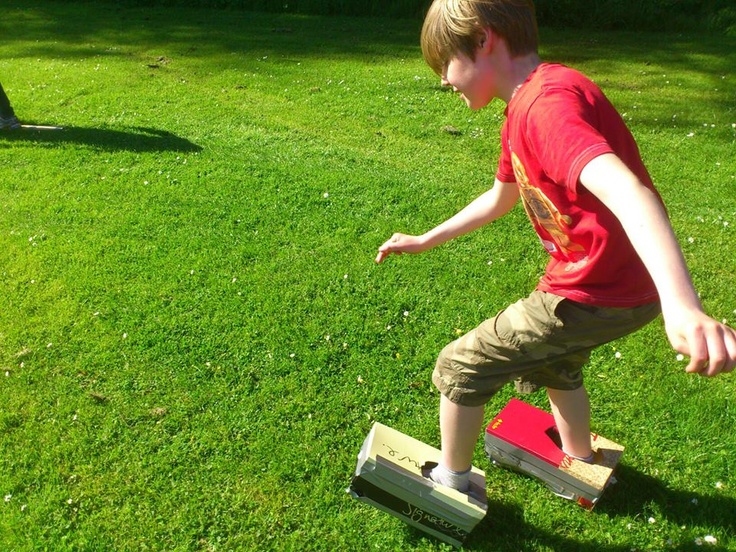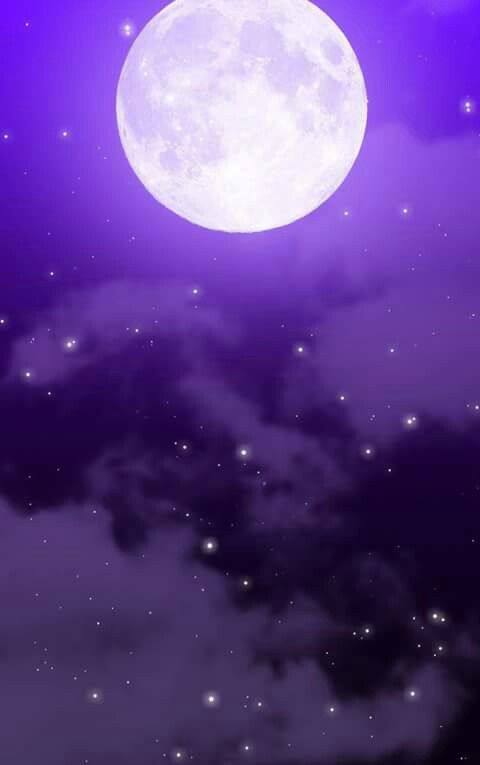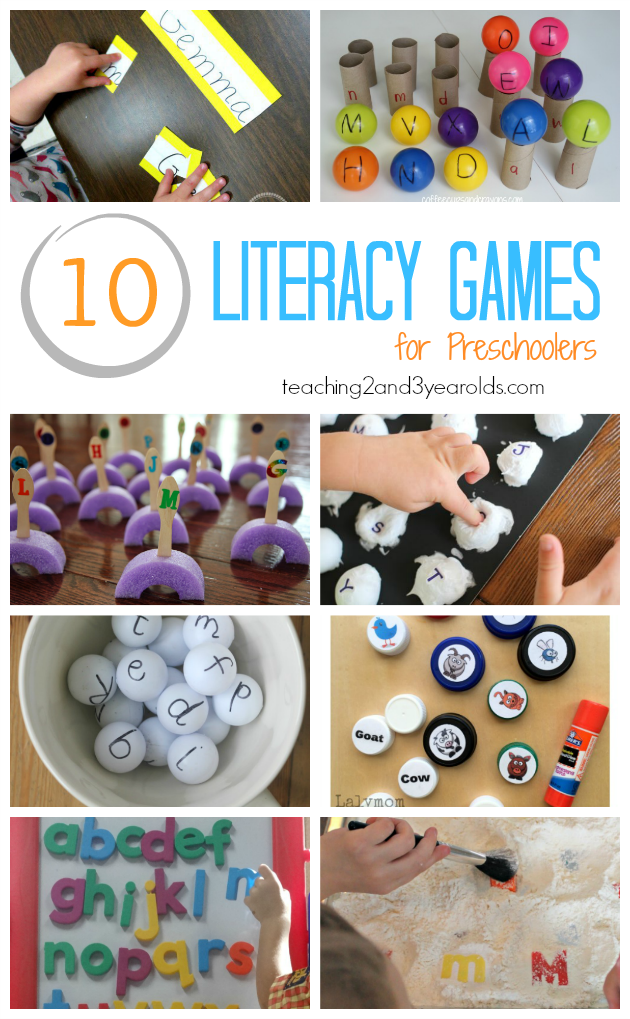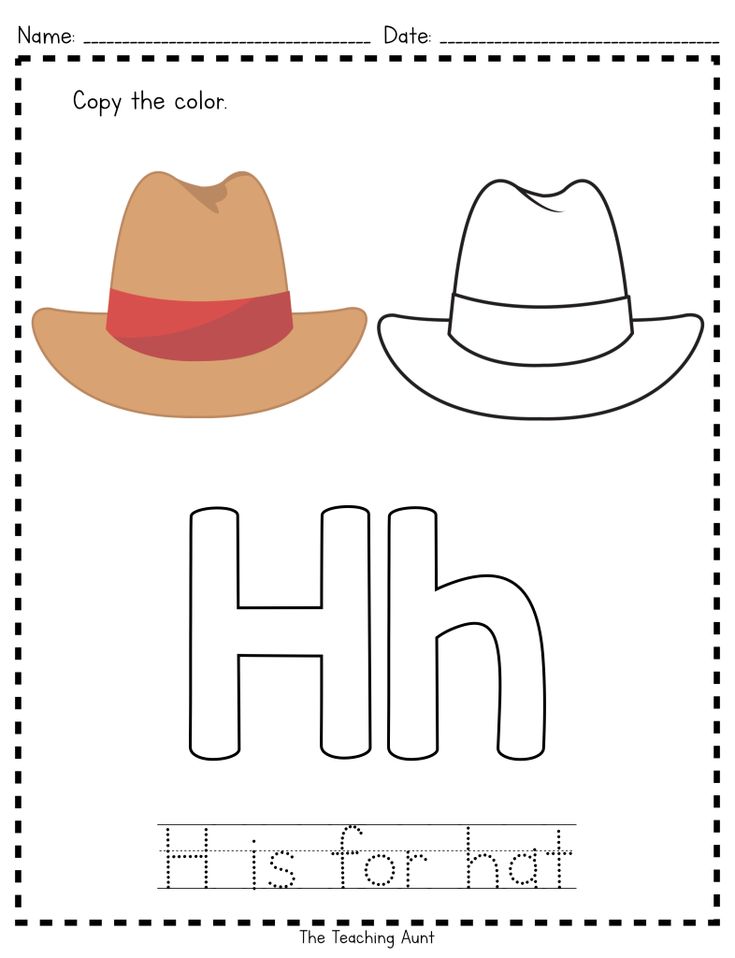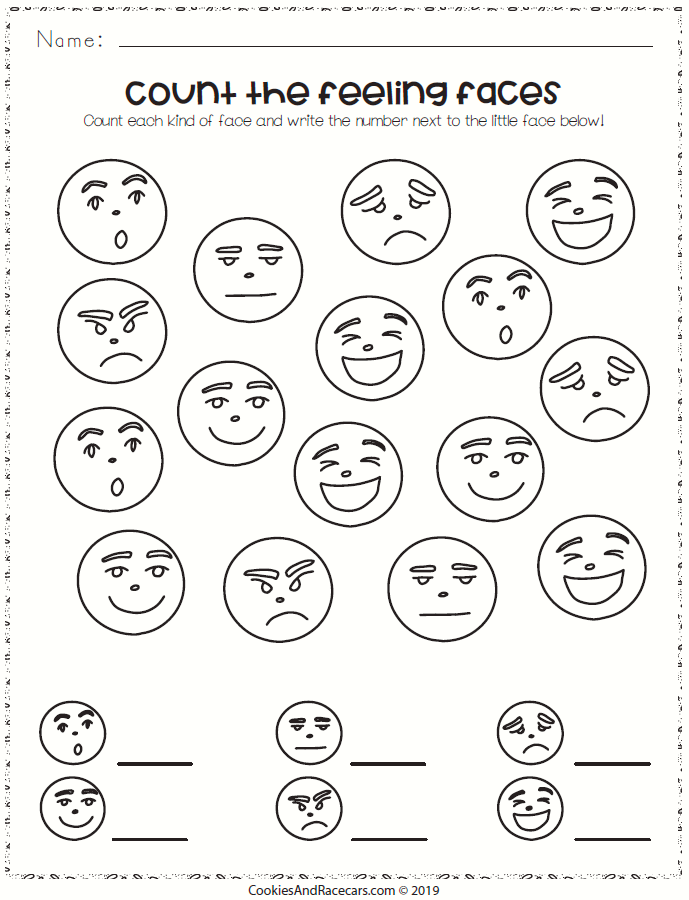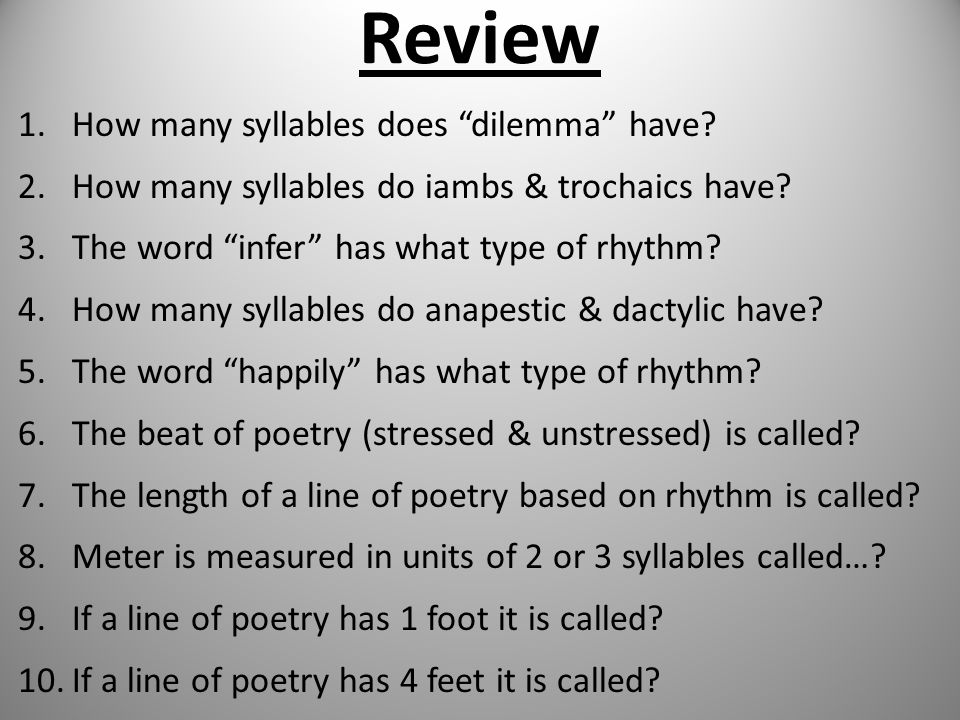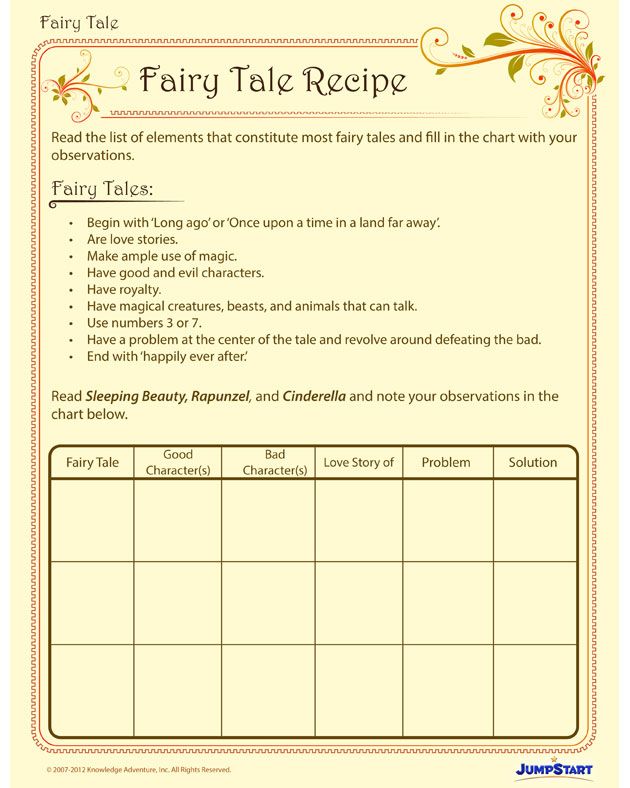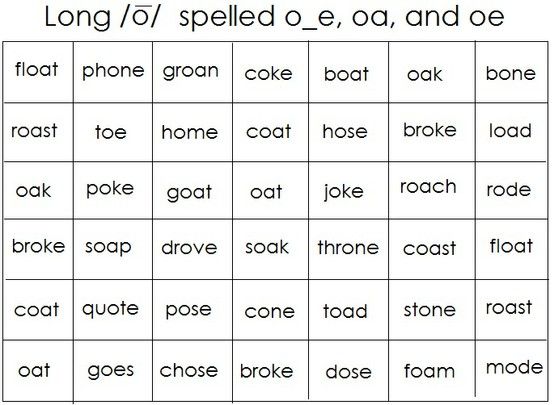Teaching kids color
9 Simple Ways to Get Your Toddler to Learn Colors
97 shares
- Share
- Tweet
Once your child has reached the big milestone of turning 1, you’ll notice they become little sponges of information. They start walking, talking, and being so much more independent now that the baby stage is long gone.
Around this age is when you can start introducing them to colors. It’s important for a child to start hearing words often in order to remember it.
Even though they probably won’t be able to fully understand and retain the concept of colors until around 18 months, it’s a good idea to start teaching it early on. This is when learning colors will start to make sense to them, just like learning names of objects made sense to them around the 1 yearmark.
Color matching (putting the red piece on the red spot) is one of the simplest forms of learning colors. It may occur first, along with recognizing and choosing colors when asked for them (handing you the red piece when you say give me the red piece). Lastly comes naming colors (being able to say red when asked what color is this?).
This post may contain affiliate links which I would receive a small commission should you make a purchase.
The key to your child learning colors is over-exposure. As I’ll talk about below, you want to give them tons of opportunities to hear you say the colors names, be asked the color’s names, and see them often.
Get A Year of Activities for Your Child FREE!
Sign up here to get an email every month with new and exciting crafts, activities, and printables for your children.
I started really introducing my daughter to colors around 16 months old and she got a grasp of the concept quickly. Here are some simple tips to teach your toddler their colors:
1. Start simple
Don’t overwhelm your toddler with too many colors at once. Focus on two at a time and then add more in as they become familiar with those.
Whenever you see those two colors, point them out to your child, but don’t label any other colors yet. For example, choose to teach your child red and green first. Whenever you see anything red or green, point it out. Give them only red and green objects at certain playtimes.
For example, choose to teach your child red and green first. Whenever you see anything red or green, point it out. Give them only red and green objects at certain playtimes.
Clearly label and talk about the red versus green objects. Ask them to sort only objects that are red or green. Once they are familiar with red and green and the differences between those two, add in yellow. Of course they will see other colors while they play, but really try to only speak about the few colors that you choose.
Showing them less choices will help them to remember the colors easier.
Related post: Pom Pom Tube Drop: Toddler Fine Motor Activity
2. Use small, colorful objects for sorting
I love using fun, simple objects for learning colors and counting. Toddlers love little pompoms because of their softness and they’ll be excited to learn with them.
I like to group and sort them by color as my daughter puts them into their correct pile. If your child is just learning colors, naming the colors of each pompom works great too.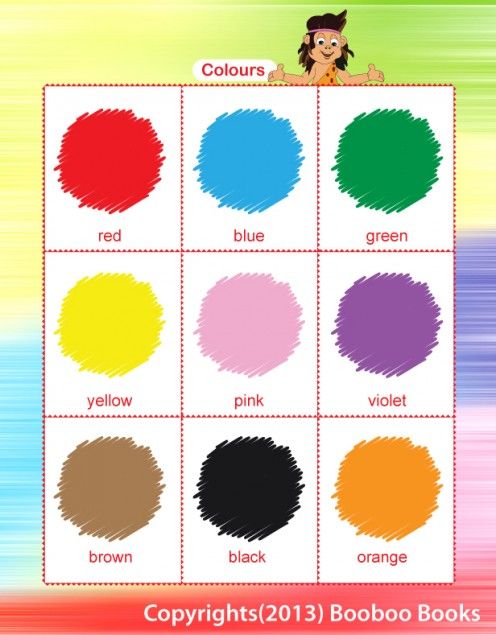
This Rainbow Counting Bears Sorting Toy makes a fun learning resource for introducing color recognition & basic mathematics concepts such as counting and addition. It can also be used for kids math and counting games for toddlers and great for developing fine motor skills with the tongs.
Have your toddler sort the bears into their same color cup. They can use their hands or tongs . They’ll also have a fun time using their imagination to make stories and games with the bears.
3. Distinguish contrasting colors
It’s best to use colors that are not at all similar to each other so you don’t confuse your toddler. Items that have contrasting colors will stick out more to them when they’re learning.
For example, if you’re teaching colors side by side, don’t put blue and purple together, red and orange, red and pink, etc. Colors that pair well with contrast are red/green, blue/yellow, purple/green, and black/white. There are plenty more combinations to use.
Also, sometimes certain shades of a color will be closely related like a yellowish green will look similar to yellow or a turquoise could look closer to a green or blue.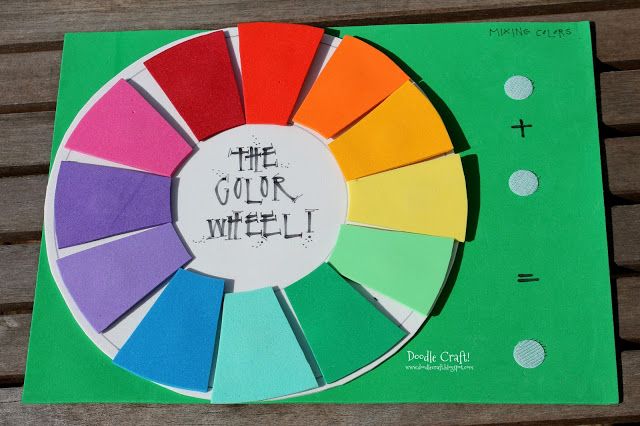 Try to stick to the basic primary colors when teaching them.
Try to stick to the basic primary colors when teaching them.
Check out our post on the Pompom Whisk Activity for Toddlers where you child can try a fun activity while also learning their colors.
4. Color puzzles
Puzzles are a great activity to develop language, cognition, and fine motor skills. My daughter loves the Melissa & Doug Colorful Fish Puzzle and is always asking to do it.
While we play, I verbally label each color as she puts the piece in the board so that she hears it over and over and can match the color name with what she sees.
Since this color puzzle is using all fish, your child won’t have to focus on the pictures or objects on the puzzle, but will be able to just pay attention to the colors. I think this was one of the best aids that taught my daughter her colors so early.
5. Use the same objects
The concept of colors may be a little difficult for babies and toddlers to understand because it’s a word typically used to describe something else.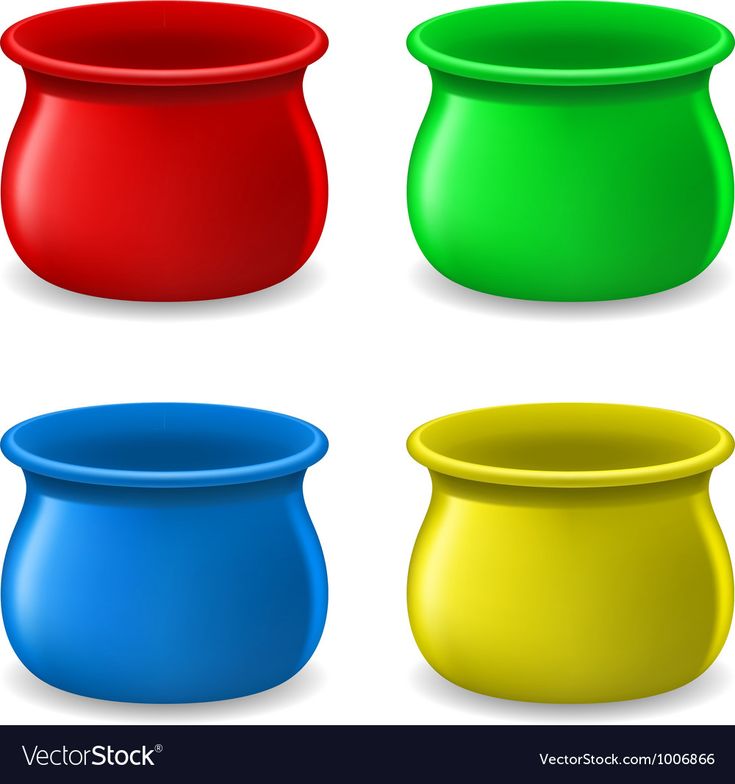 So far they have been learning words of actual things, like ball, car, mommy, milk, etc.
So far they have been learning words of actual things, like ball, car, mommy, milk, etc.
All items they can see or hold and names of these objects can make sense to them.
To get them to understand the concept of colors better, make sure you’re using two identical objects to point out the color differences. For example, don’t show your child a red car and a blue block because she will just think that you’re naming it differently because the object is different.
Instead, use a red car and a blue car to distinguish the differences.
This activity below works on color matching and sorting which are the first color activities your toddler will be able to do. We used MegaBlocks, but you can really use any blocks or toys that have different colors.
Simply put construction paper on the floor in the colors of the blocks and have your child match their toy to the colored paper. Read more about this activity here.
6. Label EVERYTHING with a color
This will help them to quickly build their language and vocabulary.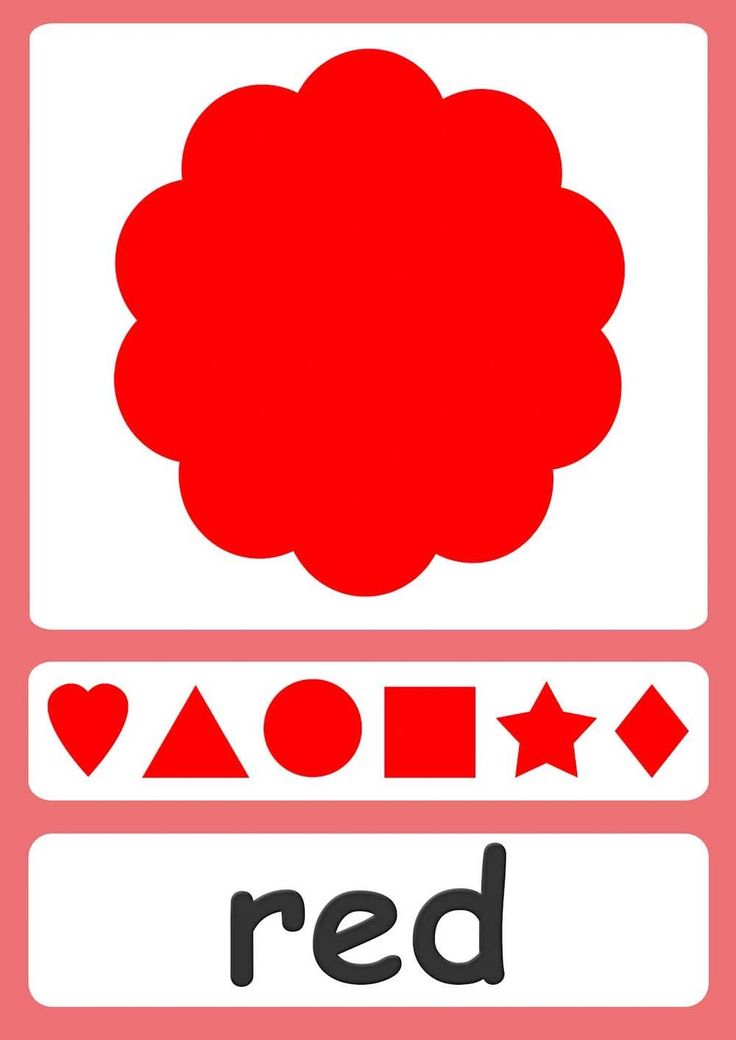 Anything they see in their everyday world has a color. Make sure to verbally label objects with their names and colors as you see them, pass them, and give to them.
Anything they see in their everyday world has a color. Make sure to verbally label objects with their names and colors as you see them, pass them, and give to them.
When you’re first starting to introduce colors, you may want to just label the colors on their own so they’re not confused by the color and the name. You’d be surprised how quickly children pick up these concepts and understand that you’re not naming the object, but just describing the color.
Related Post: Sticker Letter Activity: Letter Learning for Toddlers
7. Color with crayons and markers
Coloring is a great skill for toddlers to develop fine and visual motor skills (coordinating their hands and eyes to perform a task). Have your child use crayons to scribble on paper and point out and label the colors that they use.
You can print out free blank coloring pages of their favorite characters or objects hereif using a blank paper gets boring to them.
For little hands, I highly recommend these finger crayons. They are perfect for tiny fingers to wrap around and promote a proper grasp around the crayon. Skinny or chunky crayons just don’t allow your young toddler to hold it the correct way and it will end up tiring them out quicker.
They are perfect for tiny fingers to wrap around and promote a proper grasp around the crayon. Skinny or chunky crayons just don’t allow your young toddler to hold it the correct way and it will end up tiring them out quicker.
8. In their natural environment
Kids learn best in the context of their everyday environment. Point out the contrasting colors at:
- mealtimes (green beans, yellow corn, red raspberries)
- during dressing (blue shirt, black pants)
- during playtime (red blocks, blue balls)
- outdoors (blue sky, green grass, pink flower)
9. Fingerpainting
Sensory experiences where children are actively touching, tasting, hearing or smelling things are one of the best ways to teach your kids new concepts. Your toddler will love trying out their artistic capabilities by rubbing their hands on paper with finger paint.
By just getting 3 primary colors (blue, red, yellow) of finger paint, you can mix them until you make secondary colors (green, purple, orange).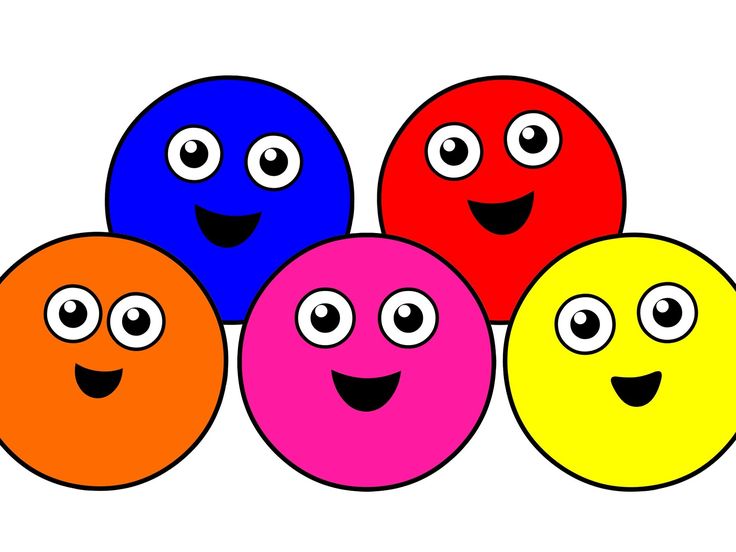
Have your toddler rub their hands and fingers in the paint and just smudge it onto paper. Talk about the colors they are using and ask them what color is on their hands and on the paper.
You can make your own finger paint at home so quickly, which is safe and even edible for your child. Check out this post: Sensory Edible Finger Paint for the recipe!
Related Post: Edible Finger Painting Recipe
10. Songs and Videos
Toddlers and babies love to hear music. Whether it be songs on the stereo, mommy singing, or making their own sounds by shouting at the top of their lungs, they are drawn to it.
Using songs (especially with visuals) is a great way to teach your child new concepts. Putting words to music helps things to stick better in their brain and will give them a higher chance of learning the skill.
Here is a short video that can help your toddler to learn their colors by combining colorful graphics to a catchy tune. You can also make up your own songs and melodies to sing as you show them colors.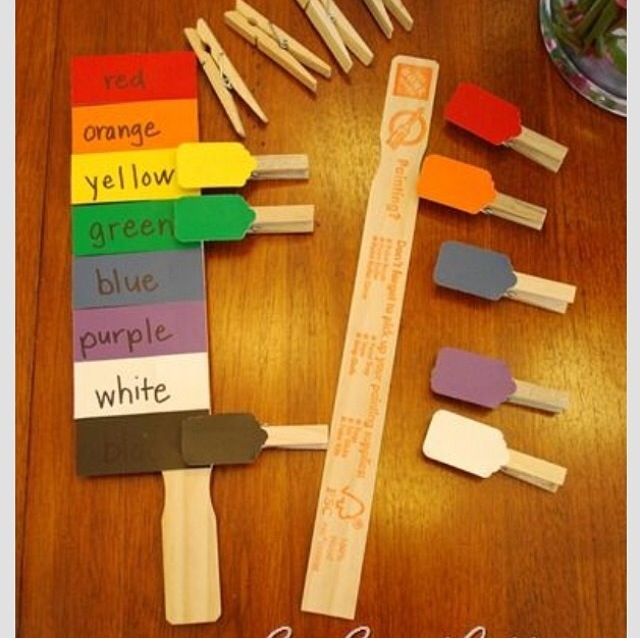
Even just saying the colors but having a little rhythm to it will help your child to remember the colors easier.
Related posts:
Colors for Kids: Teaching Colors to Children
Children usually learn about color during their preschool years. The ability to identify colors is considered a marker and milestone in a child’s cognitive process and is often part of early screening for development and educational admittance. Recognizing the colors and identifying the color names is an important part of a child’s development. Early identification of colors helps to create the cognitive link between visual clues and words.
Tips on Teaching Children Colors
Children need to first acquire informational pieces before they can begin to understand color as a concept.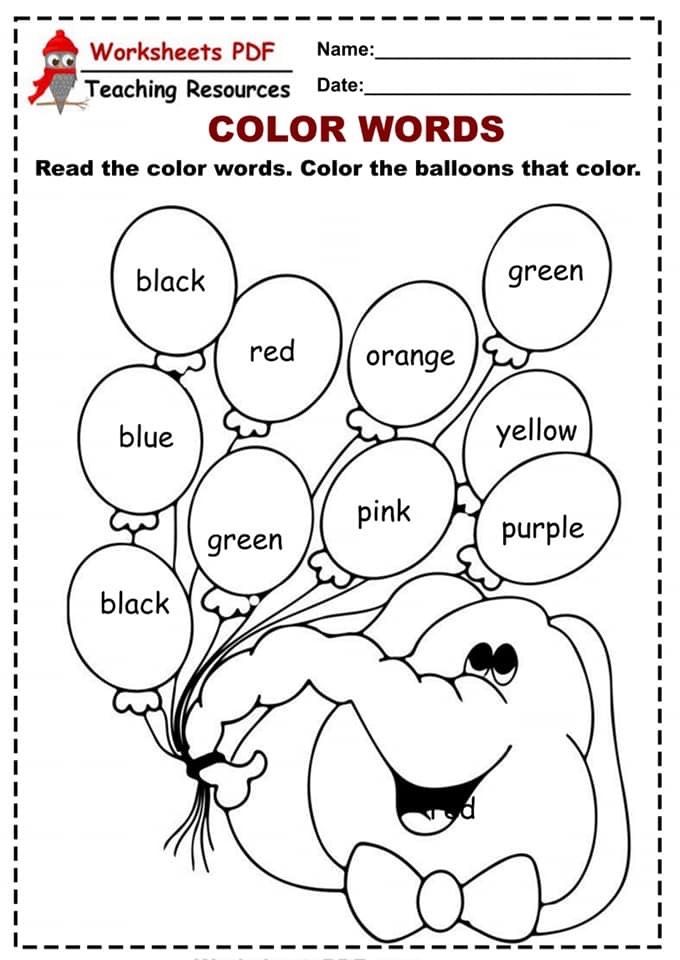 It might seem simple as blue is blue, before the concept of color is understood. Children don’t have the ability to understand that light blue and navy are both blue and they also lack the verbal skills to explain that to you. Along with learning what each color is called, children need to understand what color represents; it’s not size, nor shape, nor the name of the object, nor the texture, not the number of things showing. Constant repetition and expanding on what colors are and what they are not will help any child understand what the actual word color means.
It might seem simple as blue is blue, before the concept of color is understood. Children don’t have the ability to understand that light blue and navy are both blue and they also lack the verbal skills to explain that to you. Along with learning what each color is called, children need to understand what color represents; it’s not size, nor shape, nor the name of the object, nor the texture, not the number of things showing. Constant repetition and expanding on what colors are and what they are not will help any child understand what the actual word color means.
After that, teaching colors to children is usually easy. Children are naturally attracted to bright colors, which is why most toys and activities geared towards younger children, including toddlers and babies, are brightly colored. During the preschool years, children have a natural affinity to understand their world around them. Surrounded by a world of color it is easy to use daily opportunities to discuss colors.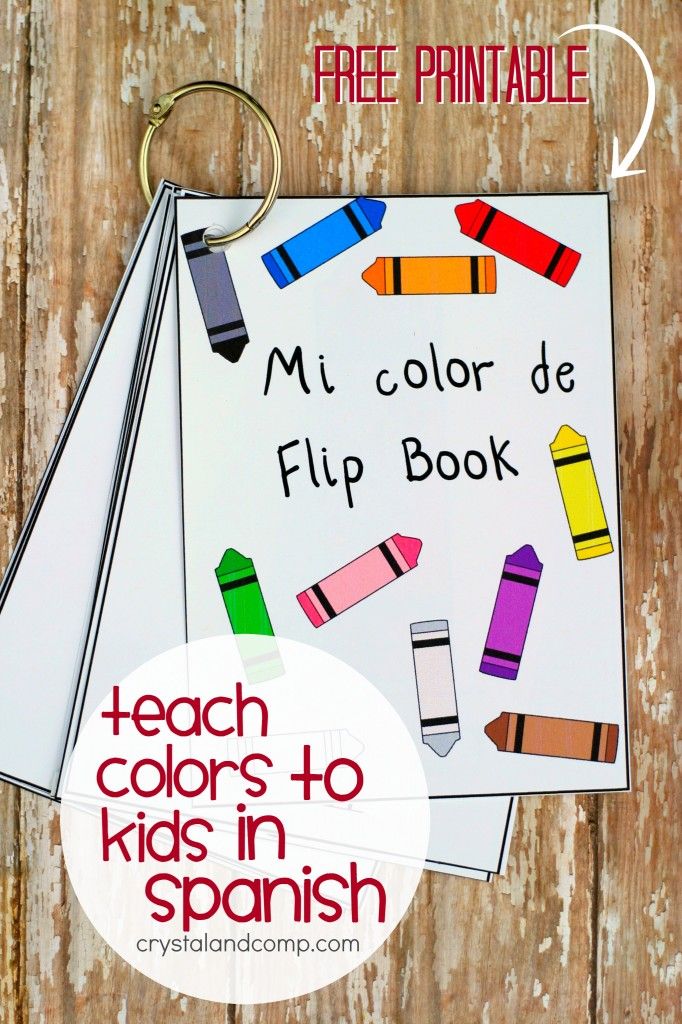 Of course, since teaching color recognition to children is so important, there are many tools that can be used by parents and educators alike to help children learn about color.
Of course, since teaching color recognition to children is so important, there are many tools that can be used by parents and educators alike to help children learn about color.
Learning About Colors Through Children’s Books
There are numerous children’s books to teach children about color form. The “chunky books” such as the “Happy Baby” series that usually mark a baby’s first “reading” experience, are books that are very educationally minded. Like toys geared for children, children’s books are a natural opportunity to not only teach children the differences between the colors and to identify them, but to also forget that connection between the written words and the colors they represent. The best children’s books to teach color combine a child’s interest, with a great story, and colorful illustrations making reading experience completely enjoyable. Children’s Book Guide.com has a great list of children’s books that will provide many opportunities for parents and educators to teach color to children without them even realizing that a lesson is at hand.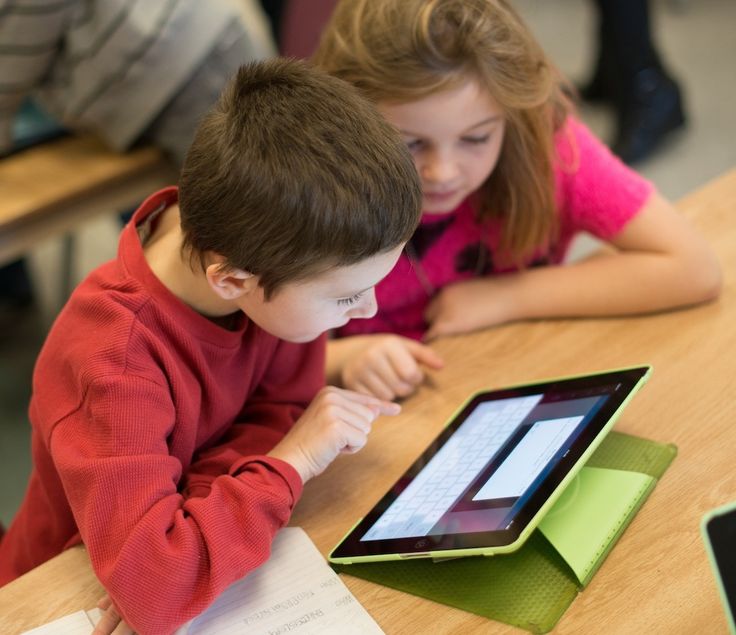
One of our favorites from the list is Eric Carles’ “Brown Bear, Brown Bear, What Do You See” Considered a staple in many a preschool classroom, this classic has been a must have for children learning about color since its publication as Carle’s first illustrated children’s book in 1967. Republished in 2007, “Brown Bear, Brown Bear, What Do You See” is not the only one of Carle’s books that can be used to teach children colors. Known for his creative use of collage in his illustrations, Carle’s books go past a more generic use of flat colors, and allow children to experience nuance, patterns and a range of shades all in one color.
Games that Teach Children About Color
Along with books, many games use color in part to make them attractive to children while teaching them about color.
The classic children’s game, Candyland, is often a child’s first board game because of its use of color. Naturally appealing with its sugar coated fantasy, the board game doesn’t use a counter or dice, but color cards that dictate the child’s next move on the board.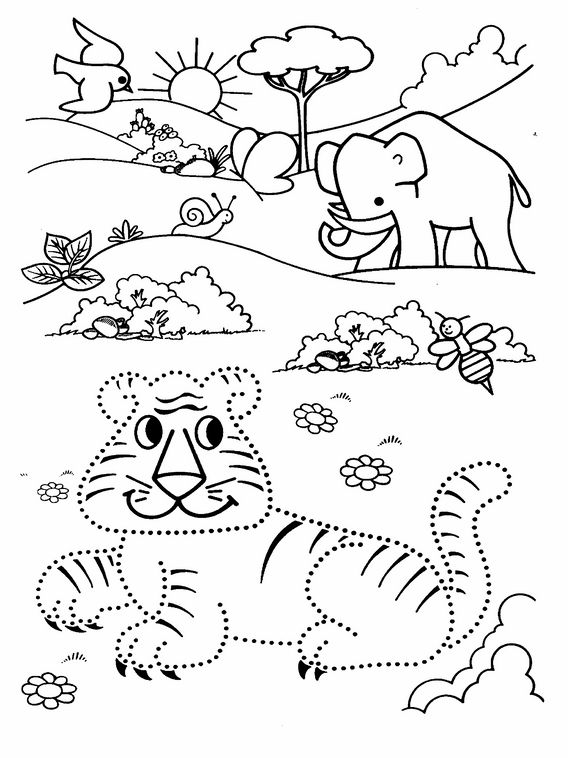 Along with color matching, Candyland also teaches counting skills, strategy, social skills and spatial reason to young children.
Along with color matching, Candyland also teaches counting skills, strategy, social skills and spatial reason to young children.
Color matching memory games are another way to induced color learning to children with a game. Based off the typical matching game of remembering where two like cards are to make a pair, preschool children have to compare colors and match the same ones together to win. Another game geared towards teaching child to match colors is dominoes. By removing the dots that require counting and increasing the size, Jumbo Color Dominoes.
Children Learning with Colors Flashcards
Since learning colors is such an important part of every child’s early education, schools and parents often turn to the more educational minded color flashcards. Color flashcards run a range from just focusing on color to inducing the words along with color as pre reading skills. Often color flashcards use shapes and teach basic counting skills along with color recognition.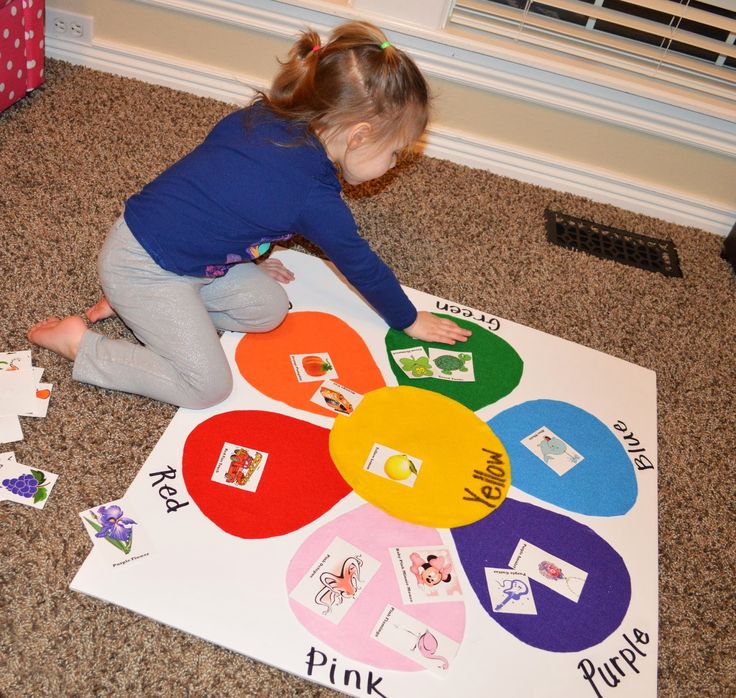 There are many different kinds of flashcards geared towards teaching children about color. They can be purchased directly, downloaded and printed form online sources, or crafty parents can even make their own with color card stock.
There are many different kinds of flashcards geared towards teaching children about color. They can be purchased directly, downloaded and printed form online sources, or crafty parents can even make their own with color card stock.
Teaching Kids Color Online:
While so many of the tools used to teach children about colors are “classic” the internet and online games have also provided excellent opportunities for children to learn about colors. Some online color education tools focus on specific color skill like color recognition, matching and color concentration and might require the child to have some reading ability. Other’s such as Fishers Price’s Color and Shape game plays more like an interactive video and requires the very basic computer skills.
Teaching Color to Children Everyday
Of course, since color is a part of everyday life, there are many opportunities to teach children about color during every day living. One way to teach children about color is to pick a new color each week and completely focus on that color with your food choices, activities, etc.
So, no matter what color you pick for the week, enjoy bringing the beauty of color to a young person while you teach a child about color. Do you have a favorite book or game that teaches color? We would love to hear your recommendations.
Posted by Albert Munsell.
Learning colors: how to teach a child to distinguish colors and shades
It is generally accepted that by the age of three a child should learn to distinguish between primary colors. This skill is an important part of sensory development, it gives the child the opportunity to see the world in a new way. Often, if the baby does not know or confuse colors, parents have concerns about the pace of development of the child. Do I need to worry if the study of colors is not easy for a child? How to teach a child to distinguish colors? You will find answers to these questions in our article.
At what age does a child begin to see colors?
Studies have shown that children begin to perceive colors by 2-3 months.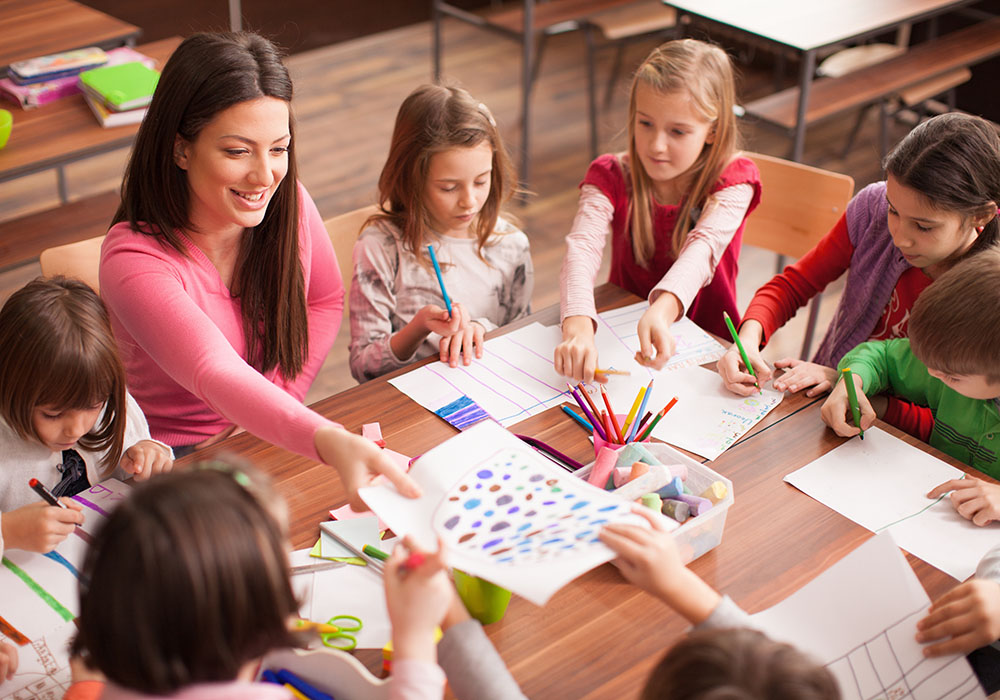 The first colors a child sees are yellow, orange, red, green. At this age, babies can already react differently to their toys of different colors (for example, a red rattle can please a child more than a blue one), look at bright pictures with enthusiasm. The baby's world quickly acquires colors, but if we talk about the ability to consciously find an object of the right color, then usually it appears in children at the age of one and a half. It is at this age that it is optimal to start learning colors in a playful way. You can voice the names of flowers to a child for up to a year, this will only benefit him. But do not demand too much from the baby, remember that his brain is actively developing, and as soon as the time comes, you will certainly see the results.
The first colors a child sees are yellow, orange, red, green. At this age, babies can already react differently to their toys of different colors (for example, a red rattle can please a child more than a blue one), look at bright pictures with enthusiasm. The baby's world quickly acquires colors, but if we talk about the ability to consciously find an object of the right color, then usually it appears in children at the age of one and a half. It is at this age that it is optimal to start learning colors in a playful way. You can voice the names of flowers to a child for up to a year, this will only benefit him. But do not demand too much from the baby, remember that his brain is actively developing, and as soon as the time comes, you will certainly see the results.
To see if your child is ready to learn colors by playing with building blocks, ask your child to point to a part that is the same color as yours. If the baby can find objects of the same color, then he is quite ready to memorize the names of colors.
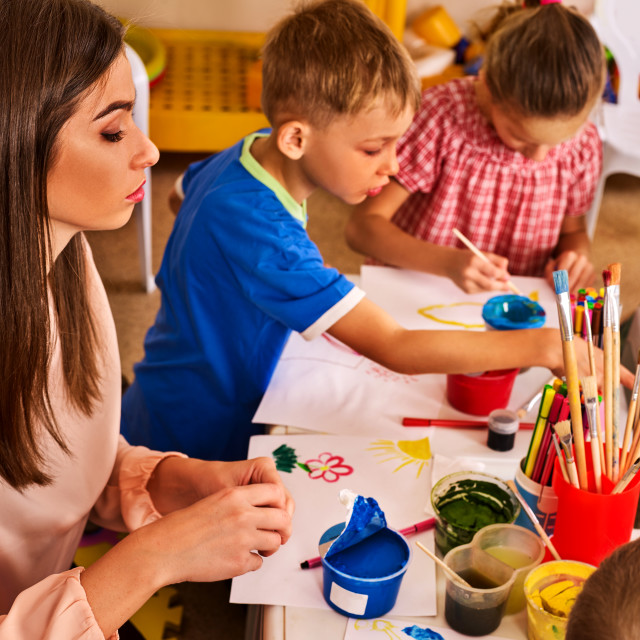
Learning colors in everyday life
Children get most of their knowledge about the world in everyday life: communicating with adults and peers, observing nature, playing. The study of flowers is no exception. Sometimes a child does not need to do special exercises to learn to recognize colors. For this, it is enough that he hears the name of the color and associates it with a specific thing. During daily activities, voice for the child what color the objects are around. Whether you are drawing, playing with blocks, looking at cars in the yard, reading, swimming, eating, dressing - in each of these situations, you can gently teach your child to distinguish colors.
It is important that the study of colors does not turn into torture. You should not constantly test the child's knowledge by asking him which color is which. Soon the baby may just start to ignore you. “Let's paint the sun yellow!”, “What a delicious green cucumber!”, “Oh, where did the blue cube go? Here he is!" are examples of how you can gently help your child remember colors.
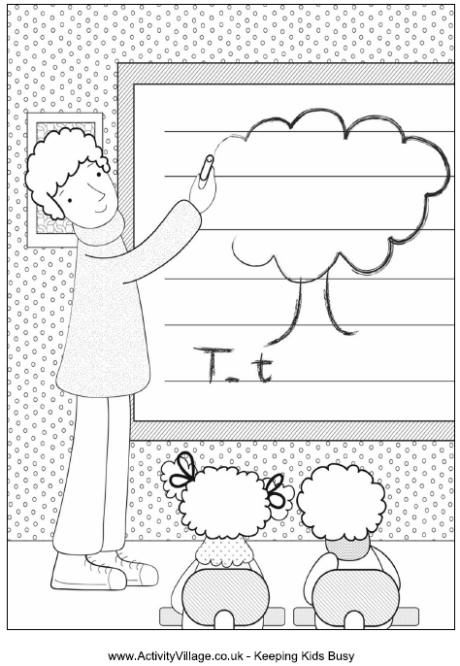
Games for learning colors and their shades
In order to get your baby interested in learning colors or to reinforce the knowledge they already have, you can offer your child to play special “color” games.
Color Sorting
Sorting games are designed to help children learn to group objects by color. Any materials at hand can be items for sorting: toys, covers, designer parts, cubes, buttons, cereals, pencils, etc. You can organize the game in various ways:
You can come up with as many options for sorting by color, it all depends on your imagination. So that the child does not lose interest in the task, connect the plot of the game with his favorite characters, toys (for example, a cat will eat from a yellow bowl, and a baby elephant from a red one, etc.).
Match a Pair
Help your child learn colors with the Match a Pair series.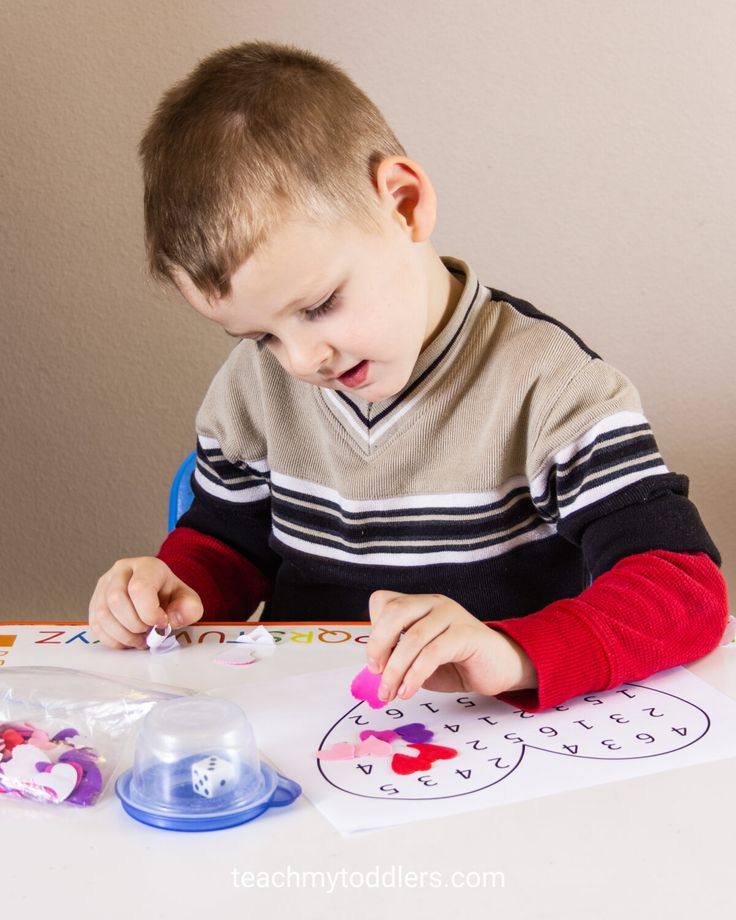 Ask your child to find a petal for a bug, a pot for a flower, a roof for a house, etc. You can present the baby with a deliberately wrong option and ask to correct the mistakes.
Ask your child to find a petal for a bug, a pot for a flower, a roof for a house, etc. You can present the baby with a deliberately wrong option and ask to correct the mistakes.
Pick up a patch
Show the child the picture with the missing details. Ask him to fill in the gaps (this can be done with plasticine, pom-poms, caps, cards, etc.).
Color Lotto
At the age of about one year, children begin to be interested in various lottos. In the color lotto, the task is to collect pictures of the same color on the card.
Colored Sensory Boxes
Create a sensory box for your baby where everything is the same color. During the game, the child will be able not only to remember the color that he sees, but also to develop fine motor skills, tactile sensitivity, thinking, and imagination.
Color days
This is one of the most interesting and popular ways to teach your child to distinguish colors. Its essence is that during the day (or several days) you draw the child's attention to objects of a certain color. For example, on a yellow day, you can dress in yellow clothes, play with yellow toys, draw a yellow chicken. Surrounded by one color, the baby will easily remember it.
Its essence is that during the day (or several days) you draw the child's attention to objects of a certain color. For example, on a yellow day, you can dress in yellow clothes, play with yellow toys, draw a yellow chicken. Surrounded by one color, the baby will easily remember it.
Cards for learning colors
You can learn colors with your child using cards. With the help of Doman's "Colors" cards, you can introduce your baby not only to the main colors, but also to different shades. It is important not to overload the child with unnecessary information about the names of 10 shades of green or red. Learn only those shades whose names you can use in the game and life.
Board games for learning colors
Board games are a great way to learn about colors and consolidate knowledge about them. Currently, the stores offer a wide range of similar games for every taste and budget. Choose a game that suits your child.
Educational cartoons
There are many educational cartoons on the Internet that will help your child memorize colors quickly. Here is one of them:
Here is one of them:
Educational books
If your little one loves to listen to stories and look at pictures, this is the way for you. We all remember the wonderful story of V.G. Suteev "Rooster and paints", by S.Ya. Marshak has a whole “Colorful book”. You can also find many educational books that will become your faithful assistants.
Conclusions
We have listed for you different color learning games. In order for a child to master the concept of color well, it is worth adhering to a number of principles: do not rush the baby, provide a variety of material for games, discuss what you see.
Conclusion
You can start studying colors from an early age, the main thing is that it is interesting for the child. It is impossible to specify clear age limits when a child should learn primary colors. This process, like all development, is individual for each baby.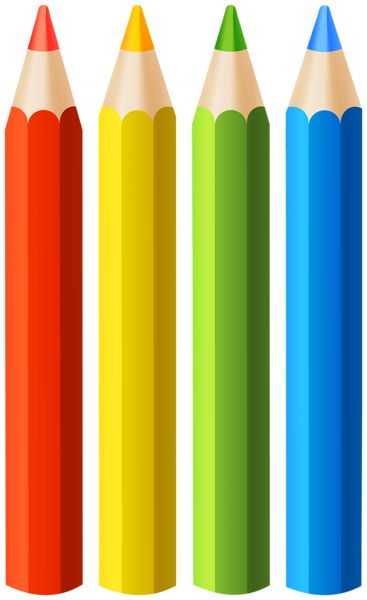 The Sozvezdie Development Center has created a Montessori environment for kids, aimed at the comprehensive development of the child. In the classes "Together with Mom" children in a playful way get acquainted with the concepts of color, shape and size, do thematic creative work. You can learn from our teachers how to interest a child in an activity and how to properly present him with cognitive information. Develop with us!
The Sozvezdie Development Center has created a Montessori environment for kids, aimed at the comprehensive development of the child. In the classes "Together with Mom" children in a playful way get acquainted with the concepts of color, shape and size, do thematic creative work. You can learn from our teachers how to interest a child in an activity and how to properly present him with cognitive information. Develop with us!
Prepared by a Montessori teacher
Sokolova Oksana
How do we learn colors with preschool children?
The appearance of a child in a family imposes many new tasks on parents: to instill the first counting skills, to develop the language. And then - teach the baby colors.
In the study of the surrounding world, a small person gets acquainted with the properties of objects, their shapes, size and, of course, color.
Is it necessary to specifically teach the child to distinguish colors or will it happen by itself in the process of growth, when the baby himself will gain knowledge and experience?
And why teach him to recognize colors if in a year, when he is, for example, three years old, this will be done much faster and easier?
And if we decide to teach the child colors, how to do it?
Contents
- A little physiology
- First concepts
- Jars of paint for drawing and coloring
- Draw attention to everything around
- Passion for drawing and plasticine crafts
- Bright coloring of toys
The yellow color holds the championship.
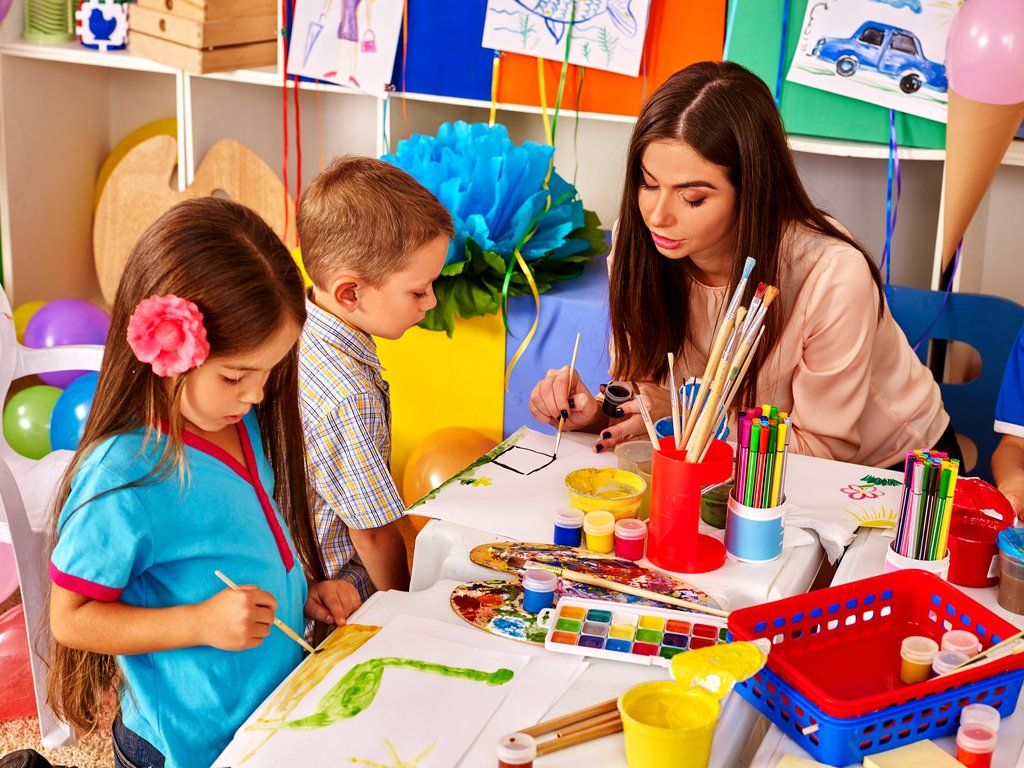 It is his child who perceives in the first place. A little later, he perceives red and orange.
It is his child who perceives in the first place. A little later, he perceives red and orange. After a while, it can distinguish between blue and green, and by the 6th month - purple. So, the presence of yellow, red and orange colors in baby rattles is not accidental. This is directly related to the peculiarities of color perception in children.
Speaking about teaching colors, we must develop the child's ability to consciously distinguish one or another color, to master the grouping of objects by color, to learn how to choose the necessary color and shades. All these skills do not develop immediately, and, of course, due attention should be paid to their formation.
Color, shape and size are for children the basis of samples on which knowledge about specific objects and phenomena is based. And the sooner these indicators are formed, the more useful information the child will be able to accept and assimilate, and the better it will develop in general.
First concepts
For a small person who has just made his first discoveries in a large and colorful world, color is not something separately visible and distinguishable.
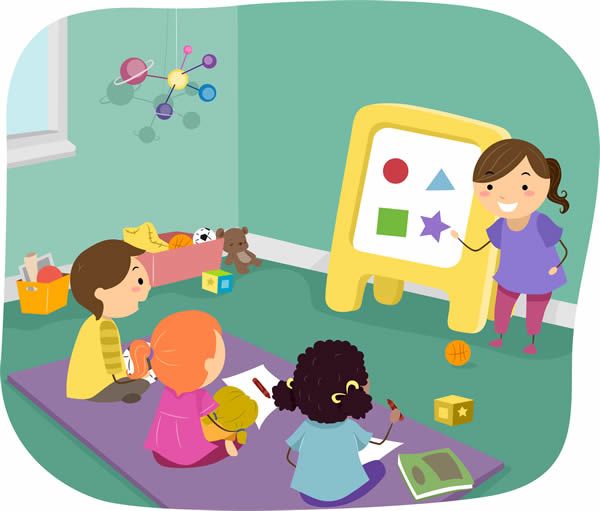 It is closely related to specific objects and objects, which often have a certain color, so color for a child is not an abstract concept, but an associative one.
It is closely related to specific objects and objects, which often have a certain color, so color for a child is not an abstract concept, but an associative one. As a rule, we say to the child: “Red tomato, green grass.”
But a tomato can be green, and red, and pink. And the grass isn't always green. It is usually green, and in autumn it is predominantly yellow.
So, it is necessary to establish such color models at an early age and not confuse the child.
It would be good if, showing him a separate object, say: “This is a tomato. He is red".
Do you feel the difference?
Name not a phrase, which is perceived as one name for an object, but speak in sentences.
Name the item first. And the second sentence is to name its color.
This also applies to toys. When giving a baby a ball, we usually say: “Here is a blue ball.” For a child, this sounds like one word, like the name of an object.
But now we already know how to correctly construct a sentence: “This is a ball.
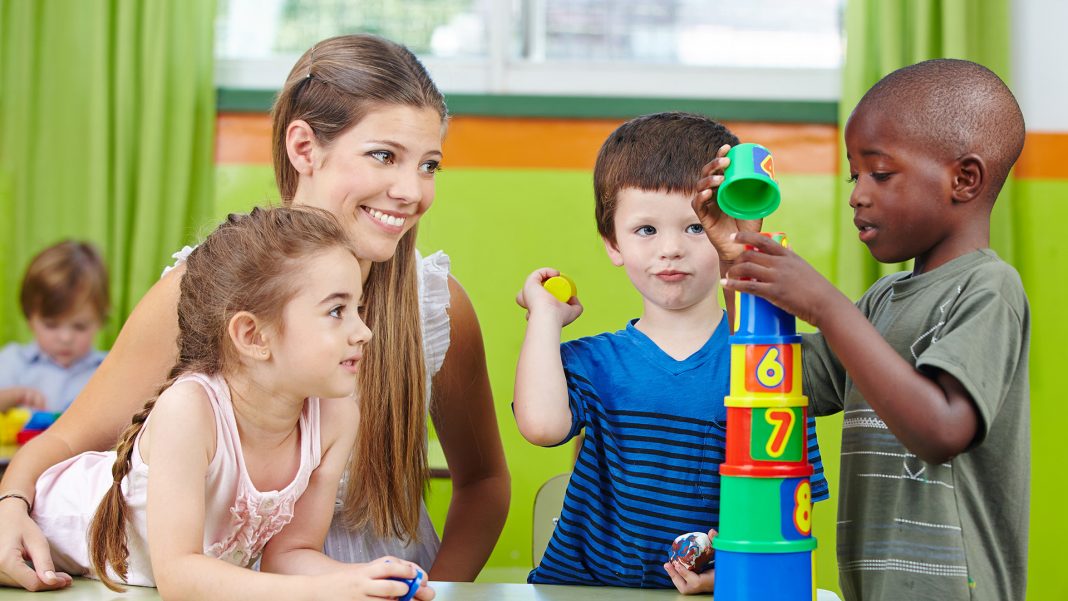 He is blue. And this is a cube. He's blue too." So gradually, with experience, the child will learn to distinguish the object from its quality.
He is blue. And this is a cube. He's blue too." So gradually, with experience, the child will learn to distinguish the object from its quality. He will make an important discovery for himself, realizing that red can be a tomato, a car and a bench over there on the street.
And if we, as often as possible, pay attention to the color properties of objects, the child will make this discovery much faster.
When pointing out a particular color to a child, one should not limit oneself only to the basic ones: blue, red, green, yellow. And you do not need to learn colors separately: first, to remember red, and then green. Speak colors correctly - don't call gray blue or pink or crimson red.
Children perfectly distinguish nuances, no worse than we do. And they don’t understand at all why mom calls completely different colors with the same word. At the beginning of training, to avoid such confusion, try to choose those toys or objects whose color can be called red or green unambiguously.
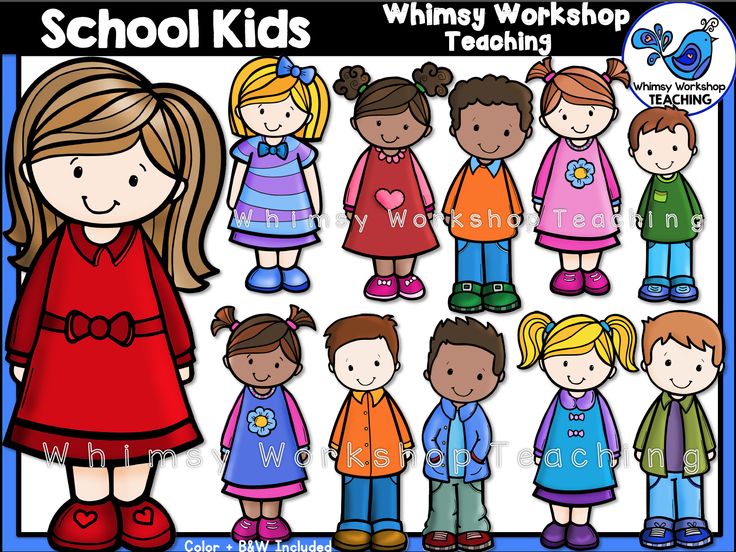
Cans of paint for drawing and coloring
Paint jars and felt-tip pens will help you when teaching your child about colors. Draw with your child, constantly pronounce each specific color that you take with a brush: “Which jar did we take with you from? From yellow.
Let's draw a yellow sun from a yellow jar. And what color will we draw the chicken? Also yellow! Yellow sun and yellow chicken!”
Explain the child's actions: “You took from the green jar. Bravo, I drew green grass from it!
Children are happy to draw with a felt-tip pen. It is advisable to choose special felt-tip pens with colored caps for the baby.
When you have finished drawing, ask your child to help you close each marker with the correct cap.
Don't forget to name the colors! Sometimes you can get confused and put the lid on another felt-tip pen to please the child, who will gladly volunteer to correct the mistake.
Thanks to this simple confusion, children from the age of one and a half can successfully cope with the request to find not only the primary colors, but also orange, purple, brown, pink, gray .
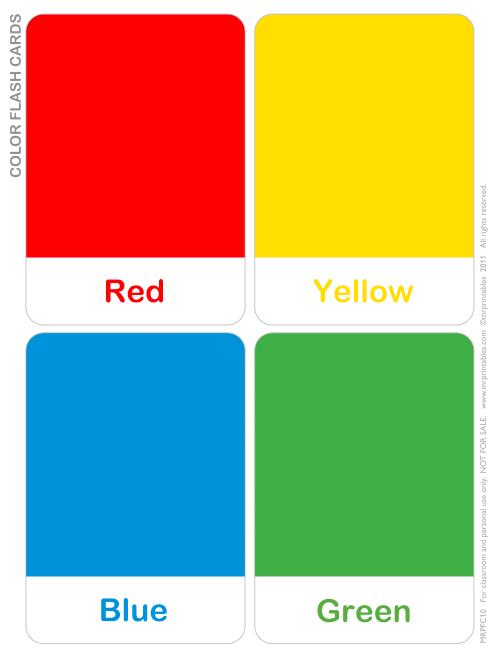 ...
... In general, we have great opportunities for drawing with children. They should be used variably to teach color.
For example, we draw colorful balloons and ask the child to draw dots on them in the same color. And of course, we will name the colors. Or we draw several different houses. “Look, what is missing in our houses? Of course windows!
Well, let's paint the windows the same color as the houses. Thus, you can draw the rays of the sun, heavy rain from different colors of clouds, etc.
Draw three identical flowers of different colors (three red, three blue, three pink, etc.) on a sheet and ask the child to collect the same flowers in bouquets, connect plants of the same color using a line.
In a word, you can come up with a lot of similar problems. And, of course, do not forget to introduce the child to the colors of the rainbow. It will be fun for a child to draw a rainbow - it's so interesting!
As a rule, pronouncing a color comes a little later than distinguishing it.
 Often mothers, complaining that their child does not know colors, confuse two different things: knowledge and skill are different processes. As a rule, from the second year, most children already know the primary colors.
Often mothers, complaining that their child does not know colors, confuse two different things: knowledge and skill are different processes. As a rule, from the second year, most children already know the primary colors. They easily find blue cubes in a pile, but not all children will name these colors. This shouldn't bother you. Just keep playing games, colors, draw, pay attention to different colored objects while walking and say often the names of different colors and shades. Very soon the child will know and be able to name all this.
Then you can move on to images of intermediate tones. For a more precise definition of color, use the adjectives "light" and "dark" in combination with any tone: light red, dark blue, etc.
If a child stubbornly refuses to choose colors, you can offer him to play colorful associations. Of course, many children themselves come up with the names of colors. So, pink becomes Barbie's house, brown becomes Winnie's house, and light blue, let's say, like "my favorite mug.
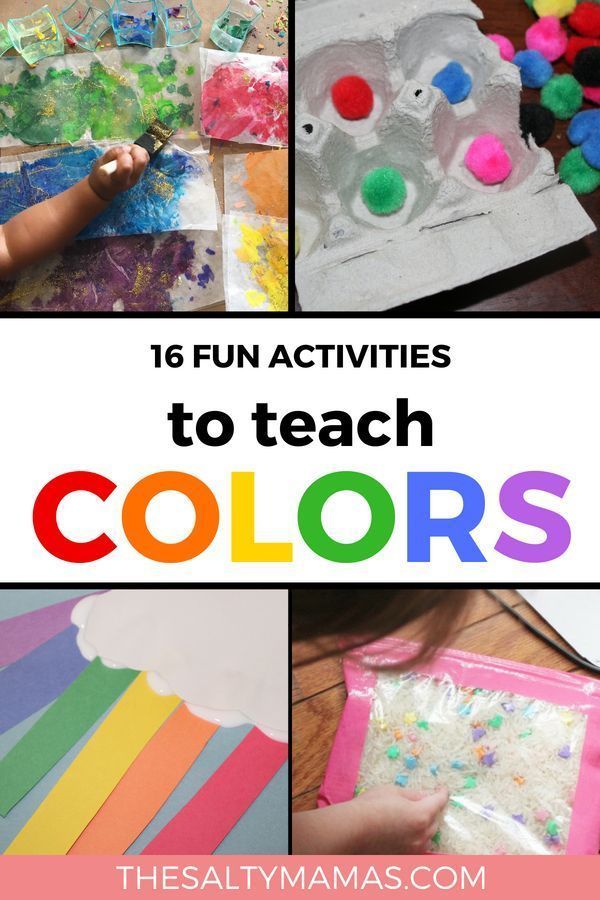 "
" Here is another simple trick and a useful game for teaching color - name all the objects with a certain color while walking. You can play "color days".
For example, today is your white day. Wearing something white and looking in the park, around us is something white. And even for dinner at home there should be something white, for example. cheese. And tomorrow can be called red or green. So even boring days can become colorful.
You just need to really want it!
What methods will help facilitate the assimilation of this one of the first sciences for a little man?
Draw attention to everything around you
Learning in the form of a game accelerates not only the assimilation of numbers and words, but also the memorization of colors. To begin with, it is useful to voice the colors of things and their individual elements, collecting the child on the street.
Moreover, it is important not to limit the palette to seven colors of the rainbow: it is better to complete clothes from 2-3 different shades of colors - burgundy, lilac, crimson.

And on the street, you can pronounce the colors of all objects in your field of vision: grass is green, wood is brown. The more time to devote to such communication, the faster the child himself will begin to talk about the colors of objects that will attract her attention.
Passion for drawing and plasticine crafts
Drawing and making figurines from plasticine is very effective for teaching a child colors: by pronouncing the color that is applied to paper, you can significantly speed up the result.
Here it is important, at the very first attempts to voice colors, to fix the acquired knowledge of colors: to invite the child to draw objects of a given color, for example, a blue sky with white clouds and a yellow sun.
Plasticine is a great way to teach a child to remember, distinguish and choose colors: when sculpting, you should choose separate colors for different elements of the figure, you should not mix all the colors into one, but on the contrary, you need to highlight them.

Brightly colored toys
Bright, colorful first rattles and toys with sound inserts introduce baby to sounds and colors at the same time.
A little later, variations of educational kits, cubes, balls of different colors appear in the house, which forms an understanding of the combination of colors: you need to attach a cube of the same color to the red hole.
Gradually, it is useful to make this task more difficult - if the task is to combine parts from different colors: the yellow triangle and the blue cube must be placed in the corresponding holes of the green area - this is how the child develops motor skills, logic, different shapes and colors are remembered.
Analogy - associations
When playing balls with a child, it should be pointed out that the ball in mom's hands is blue, like dad's shirt, and next to it lies a yellow ball - like his favorite toy. Going for a walk, in the course of discussing with the baby, for example, the colors of cars, you can draw analogies with nature around: a green car, like leaves on a tree.
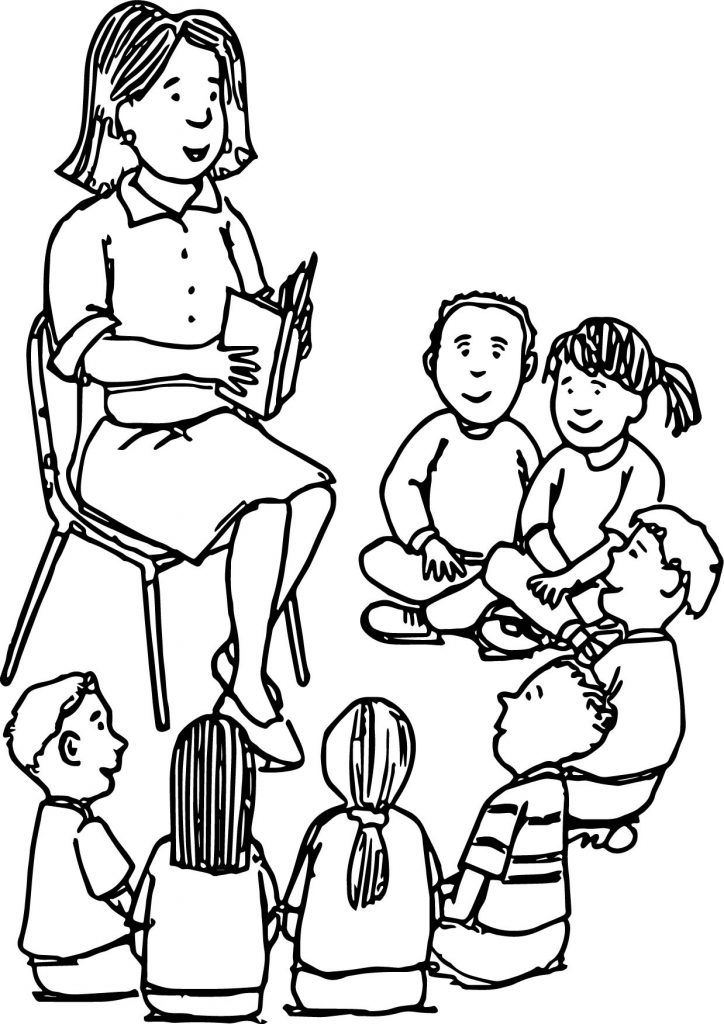
Such associative examples will greatly facilitate the process of memorization and help develop the projection of the acquired knowledge on other subjects.
Instilling in a child the first important knowledge, adults need constant attention, patience, efforts, a positive mood and the ability to interest in the learning process: elements of the game must be used in all possible daily activities and turn every lesson into educational entertainment!
Rainbow colors for children
Rainbow is an incredibly beautiful natural phenomenon. It looks like a multi-colored arc made up of colors (from the outer edge: red, orange, yellow, green, blue, indigo, violet).
These are the seven colors used in the rainbow in Russian culture. Below are illustrative pictures for teaching a child the main colors.
Colors of the rainbow in order
The order of the flowers is easy to remember with the help of the mnemonic phrase: "Every hunter wants to know where the pheasant sits.
 " There are other options: “How once Jacques the city bell ringer broke a lantern.
" There are other options: “How once Jacques the city bell ringer broke a lantern. (How Once Jean Zvonar Crushed a Lantern with His Head)" and "A cat sewed blue jerseys for a donkey, a giraffe, a hare."
In these sentences, each first letter in a word denotes the initial letter of a color.
Poem about colors
I'm in my grandmother's garden
I'll find a lot of red:
This is a red raspberry,
Nearby is a red viburnum,
And ripened by the fence
Two handsome tomatoes.Orange apricot
Growing on the tree.
Grew up, matured,
And I ate it.These are yellow chickens.
Look, they're running somewhere.
It can be seen that the mother is in the yard.
The worm found in the grass.Here are green frogs
And green grass.
In the swamp near the edge of the forest
A friendly “qua-qua!” is heard.In summer the sky above you
Blue-blue!
Bells under it
Let's draw it in blue.
Blue balloon over the track
Flies into the clouds.
Wave your hand to him:
- Goodbye! Bye!Eggplant lies in the garden -
Purple barrel.
And inside a sweet plum
A worm settled.Color Methods
Of course, there are a wide variety of methods for studying color, and some of them are simply absurd, others are ineffective. So that you do not worry, we have selected for you only the best ones that will help you quickly teach your child the main colors.
Of course, you will need some equipment. We will not rely on modern technologies and say that everything can be shown on a computer monitor, we love the old, "old-fashioned", proven methods.
Therefore, you will need:
- Balloons in different colors
- Felt pens and markers
- Colored cardboard
- Paints
- Paper
- Pencils
- Mosaics, cubes, pyramids
All this may be useful to you as a handy tool for teaching a child.
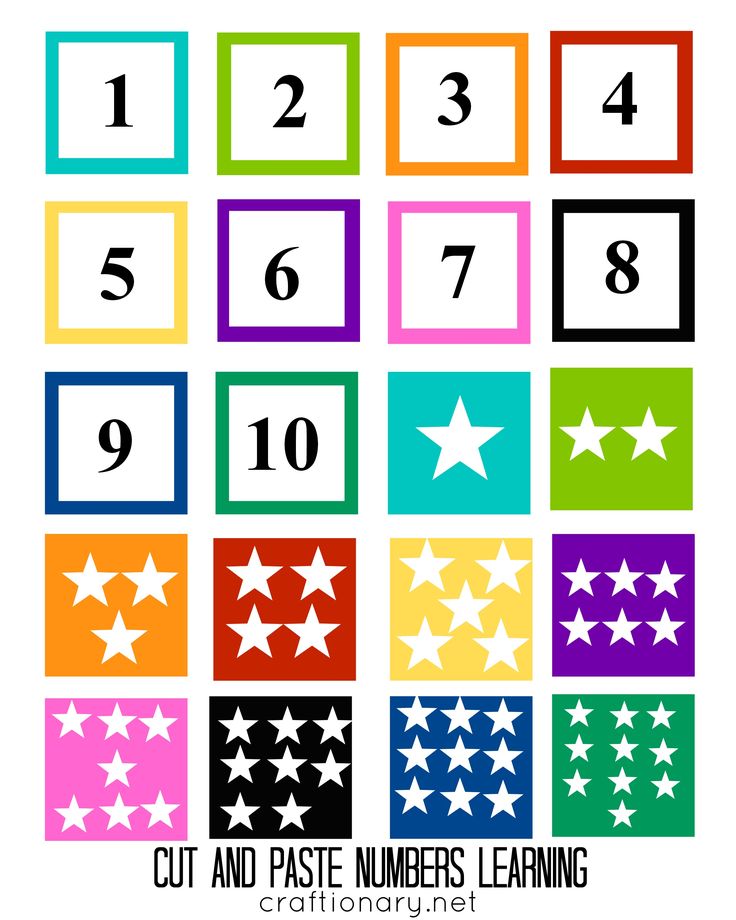 Now let's look at some of the most popular and simple color learning techniques.
Now let's look at some of the most popular and simple color learning techniques. Towel Game
For this game you will need colored cardboard and a little imagination. You need to make beautiful towels, but, in the middle, they should be white, and the edges should have some other color. Naturally, one towel has edges of only one color.
Now, cut out pieces of cardboard that can be placed in the middle of your towel, where the white void is now. Invite your child to match each towel with a different color to match the edges.
The second version of the same game is not to make other pieces of cardboard, but to invite the child to paint over the center with paints. But, the downside here is that then your towels become disposable.
Mosaic
Mosaic develops every child very much, and therefore, it must be collected frequently. There is another plus in it - it is multi-colored, and has bright, large details. Offer to collect it to the child, and help him with this.
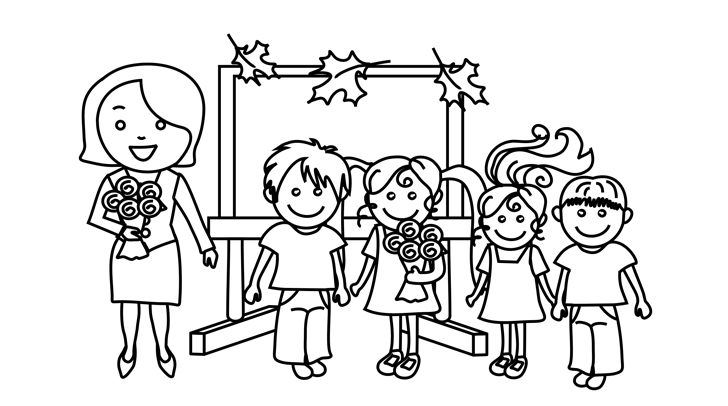 But, ask for details, naming them, for example: "Give me, please, a red detail."
But, ask for details, naming them, for example: "Give me, please, a red detail." Do not tell the child what it looks like, he should think for himself, and if he asks for help, then do not perform the operation instead of him. Just take any object of the same color and show what red looks like.
I repeat once again that we should not forget that we study colors together with the child, and therefore, we help in everything.
Balloons
The child always likes balloons, so they beckon children with something. You can use it for selfish purposes, for learning. Especially, they can help at the initial stage, when you are just learning the first colors with your child.
For example, you are learning the color yellow. Buy 5-10 yellow balloons, inflate them, and hang them around the room. Ask the child to bring a yellow balloon, he will not be mistaken, they are all yellow. This should take a few days, and then, you can add some other color, for example, red.
 Now, you have yellow balls, and only one - red.
Now, you have yellow balls, and only one - red. Ask the child to bring exactly the red ball, and, most likely, he will do it without difficulty. Gradually add colors, and you will understand that it is fun, interesting, and most importantly, it is useful for development.
Animal House Game
You will have to work hard to create this game. Cut out some animals. You can draw them yourself, together with your child, you can print them out on a printer, it doesn't matter. Also, separately draw small houses with a simple pencil, they can also be made on a computer and printed. Now set a task for the child, to give each animal its own house.
It should be something like an animal, for example, a fox's house can be painted orange, a hare - gray, and so on. In addition, make a few more details: fence, doors, rug, and so on. Let the child paint them in the color of each house and match them. This game will be very interesting for the kid, and at the same time, he will develop and learn colors.

A few tips for learning about color
When you teach colors with your child, it must be interesting, first of all, to the kid. Therefore, take the trouble to provide everything you need, create the necessary material, games, and so on. Also try to draw more, because it is in the drawings that all colors are known.
It is not necessary to tell the child that he did something wrong, it is better to show why this or that color does not suit. After all, you should not study design graphics with him, your task is to give elementary knowledge of simple colors.
Shades of flowers
If everything is clear with ordinary colors, then how to learn the shades of colors, is it much more difficult? Yes, it is, you will have to devote more time to teaching the baby, but the shades are as important as the primary colors, because the baby must understand the difference between blue and blue, between green and light green. Therefore, we will give some recommendations on how to learn the shades of colors.
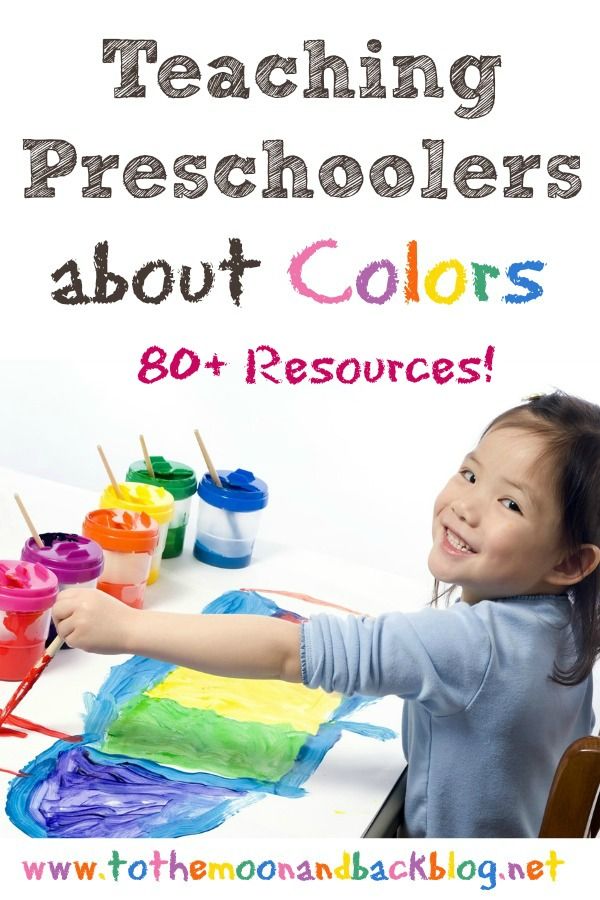
First of all, get all the necessary equipment for the class, for example, a wider range of felt-tip pens and pencils, paints, and so on.
Use the same games that are suitable for learning ordinary colors, only now with more advanced features. It is also important to show the similarity of colors and their shades. For example, this can be done in the game "Animal Houses". Let the kid paint the house with one color, and the fence or doors with its shade, lighter or darker.
The most important task is to explain to your student how shades appear. Of course, for this you need to prepare yourself and learn about the combination of colors. Also, you will need paint, and then turn it all into a beautiful trick, showing the child how, by mixing one paint with another, get a third color that is completely different from the previous ones.
There are a lot of shades, therefore, it is not necessary to explain and tell all of them, it is enough to limit ourselves to the most common ones that may be useful to a child in the first grade.
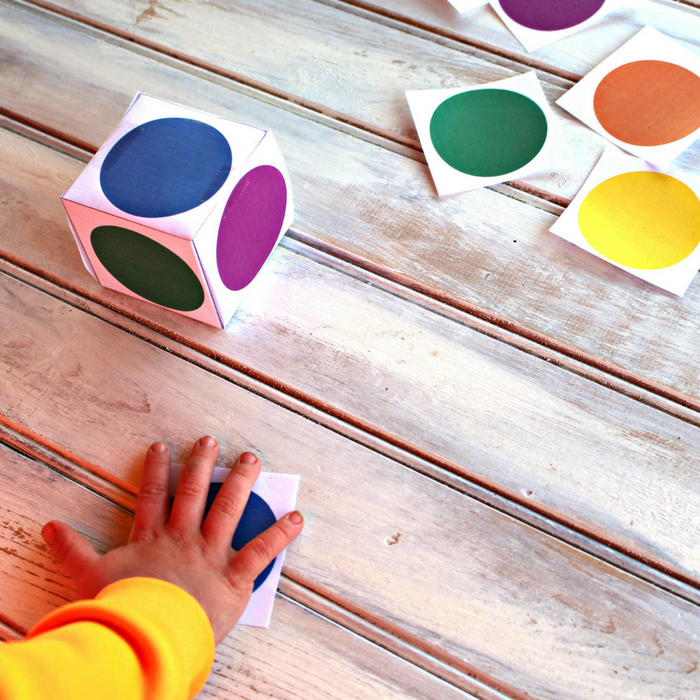 Some parents are so addicted that they tell designer shades of colors, of which there are more than a million.
Some parents are so addicted that they tell designer shades of colors, of which there are more than a million. Methodology for teaching a child the concept of color
As an example of other educational games for children, we offer one of the simple methods for teaching a child the concept of color.
Cut out 25 cards from paper, color them in the same way as shown in the pictures on our page, and arrange them one below the other and in ascending order of numbers - from the first to the twenty-fifth.
Training is desirable to start with red. Circles painted in this color are located in different places on the first 5 cards.
Take the cards of the first five. Ask your child to point to the red circle and he will complete your task confidently and without error on all five cards, since there is no other color there.
Take the next 5 cards, on which next to the red circle is a green circle that increases in size from card to card.
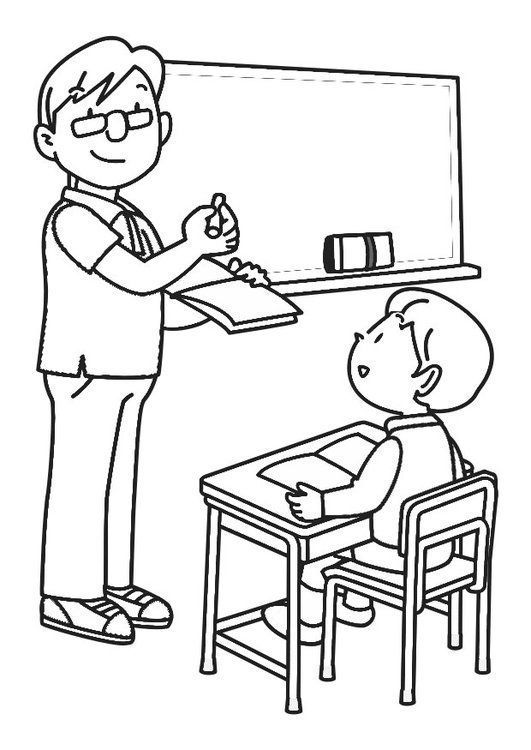
Learn more

